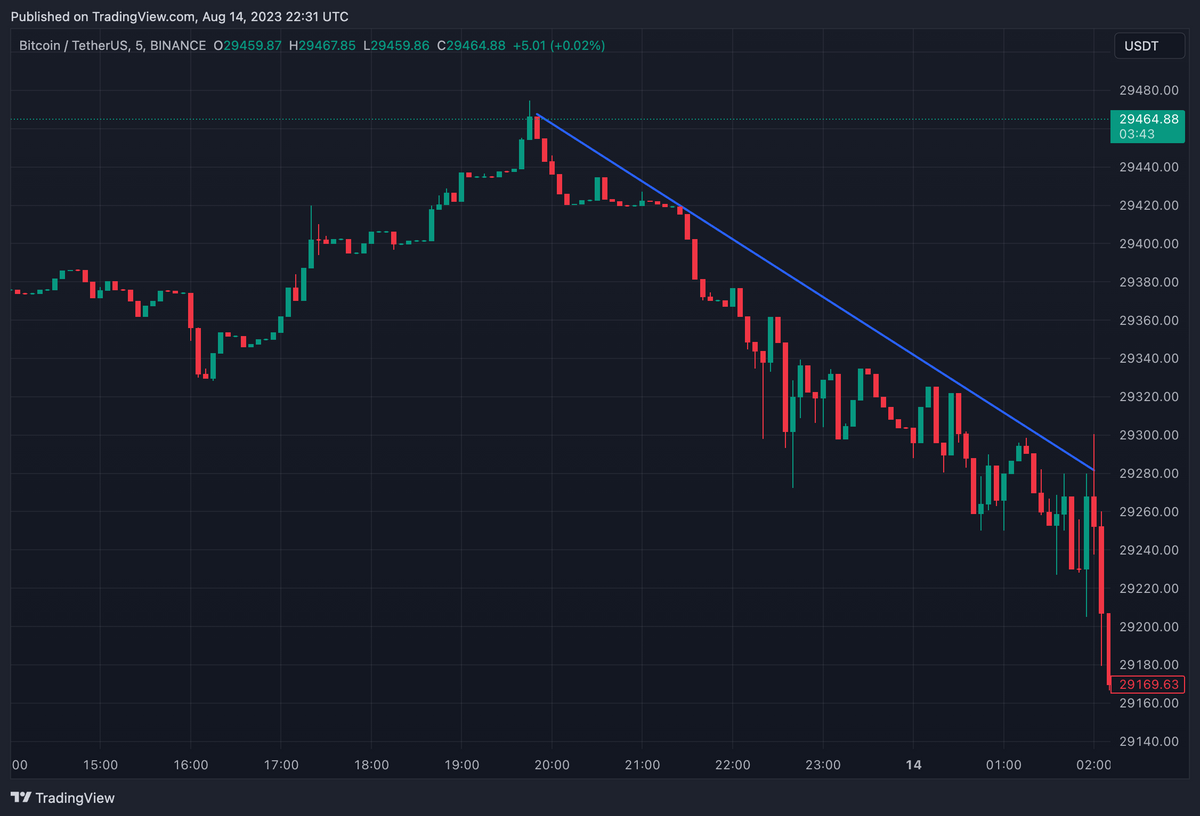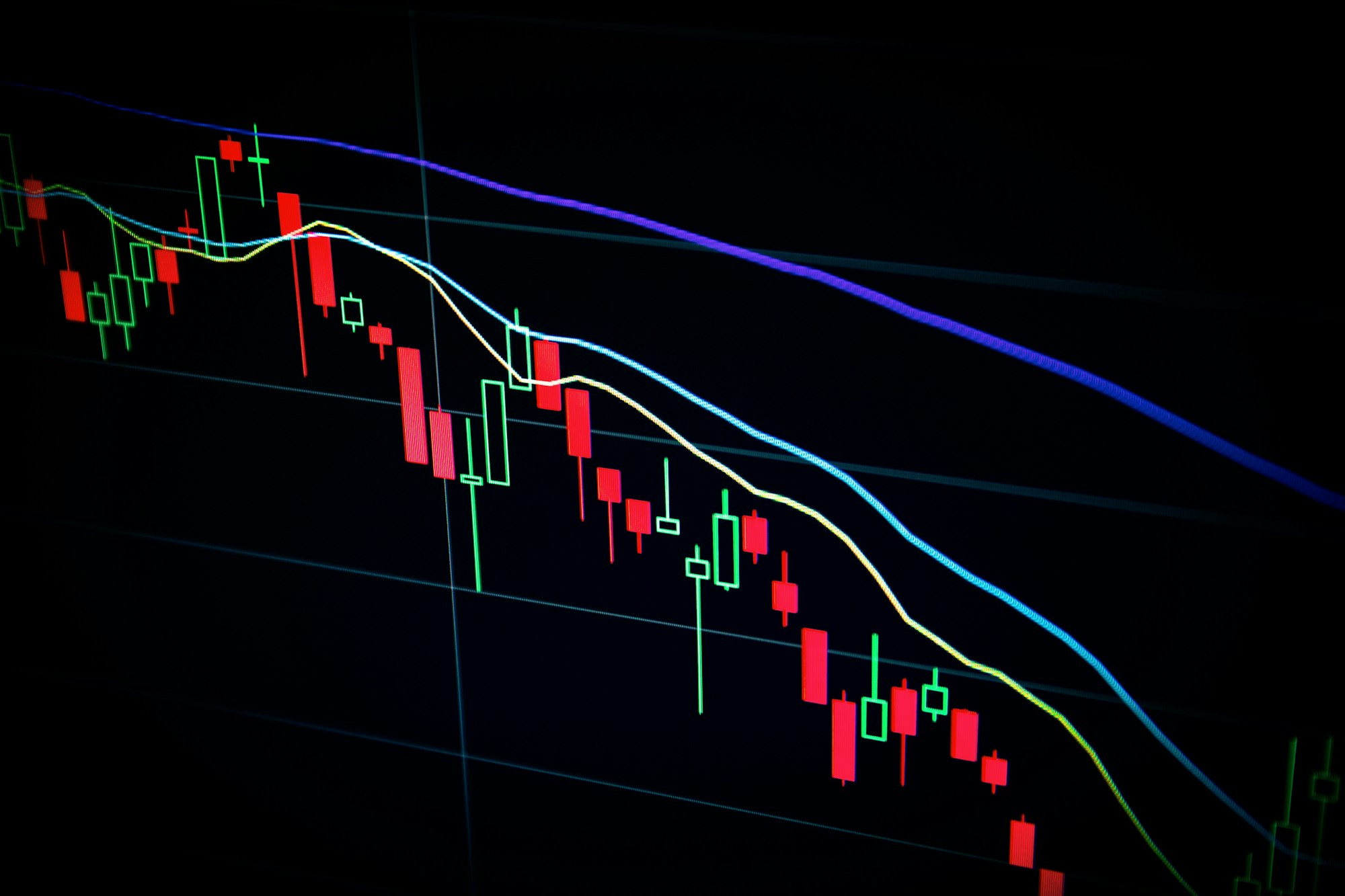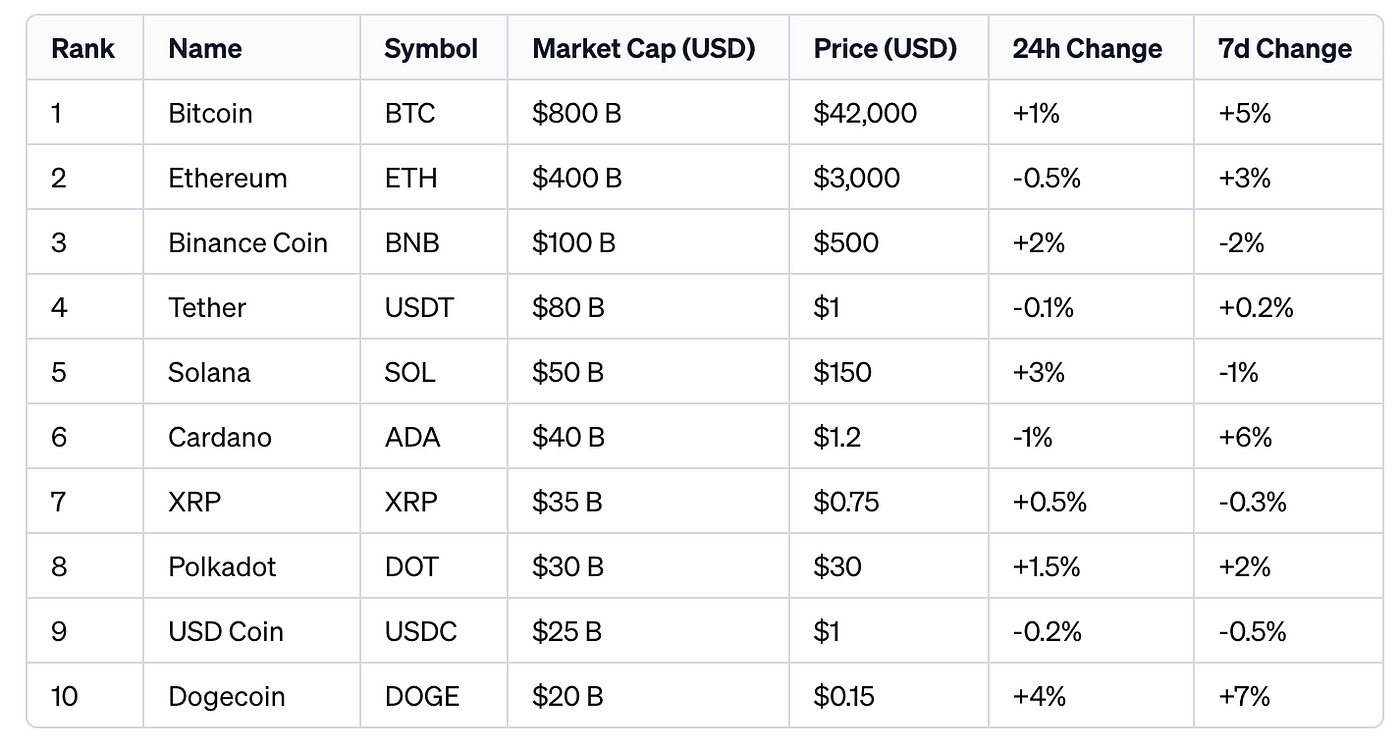Why Use Trendlines in Cryptocurrency Analysis?
Dive deep into the world of trendlines with our hands-on guide. Unravel their impact on cryptocurrency trading, understand their historical roots, and get a glimpse of what the future holds. A must-read for every trader eager to sharpen their skills

- What are they?: At the heart of technical analysis in the digital currency realm, trendlines stand as pivotal instruments. They're linear representations on price graphs, capturing the overarching trajectory of price fluctuations over set intervals.
- Crafting Trendlines: For illustrating a rising market, trendlines join several ascending lows. On the flip side, for a declining market, they link multiple descending highs. Once established, these lines offer insights into potential price support or resistance zones.
- Their Role in Trade Decisions: A shift above a declining trendline might be perceived as an indicator of an impending price upswing. Conversely, a dip below a rising trendline could be seen as a precursor to a price decline. It's imperative to recognize that while trendlines offer valuable insights, they aren't absolute. Their interpretative nature necessitates their use alongside other analytical tools for a rounded market assessment.
- Adapting to Market Volatility: Given the capricious nature of digital currency markets, trendlines demand regular adjustments to echo any price trend alterations. In a bullish scenario, trendlines might serve as a cushion, prompting prices to ricochet and climb. In bearish conditions, they might act as barriers, causing prices to retract and plummet. A deviation from the trendline could be a harbinger of a trend shift.
Utilizing trendlines judiciously, in conjunction with other analytical instruments, paves the way for a nuanced market analysis.
The Historical Significance of Trendlines in Financial Markets

- Origins and Evolution: The concept of trendlines isn't exclusive to the cryptocurrency domain. They have been a staple in financial markets for decades, aiding traders in stock, forex, and commodities markets. The evolution of trendlines has been closely tied to the advancement of charting tools and software, making it easier for traders to visualize and analyze market movements.
- Psychological Aspects: At their core, trendlines represent collective market psychology. When prices approach a trendline, traders often anticipate a reaction based on historical patterns. This anticipation can become a self-fulfilling prophecy, as traders' collective actions at these critical points can influence price movements.
- Comparative Analysis: By studying trendlines in traditional markets and comparing them with cryptocurrency markets, traders can glean insights into how mature markets behave. While cryptocurrencies are relatively new, many of the foundational principles of market analysis remain consistent across different financial domains.
- Limitations and Criticisms: Like all tools, trendlines have their critics. Some argue that in the age of algorithmic trading and AI, traditional tools like trendlines may lose their relevance. However, many seasoned traders believe that understanding the basics, like trendlines, provides a solid foundation upon which more complex strategies can be built.
Incorporating a historical perspective and understanding the broader significance of trendlines can provide traders and investors with a more comprehensive view of market dynamics. It's always beneficial to know where a tool comes from and how it has been utilized in various contexts to better inform present-day decisions.
Merging Trendlines with Today's Trading Techniques

- Leveraging Modern Tech: As we delve deeper into the digital era, the fusion of trendlines with cutting-edge trading platforms has become seamless. Contemporary tools offer dynamic adjustments, ensuring that trendlines stay pertinent even when markets shift swiftly.
- Synergy with Diverse Indicators: When trendlines collaborate with indicators like the Momentum Oscillator, Fibonacci Retracements, and the Stochastic Oscillator, traders gain a richer, multi-faceted market perspective. This integrated approach sharpens decision-making.
- Automated Trading and Trendlines: The rise of algorithm-driven trading means systems can now autonomously pinpoint and sketch trendlines based on past data. Moreover, these systems can be tailored to act on trades when certain trendline-related criteria are fulfilled, maximizing potential gains.
- The Value of Human Insight: Even as technology becomes a dominant force, the human capacity to interpret trendlines remains unmatched. The instincts, seasoned experience, and deep market comprehension of traders often unearth insights that raw data might miss.
By harmoniously blending technology's prowess with human discernment, trendlines, an age-old tool, continue to wield influence in the modern trading arena.
The Future of Trendlines in an Evolving Market Landscape

Adapting to New Asset Classes: As the financial world welcomes novel asset classes like NFTs (Non-Fungible Tokens) and decentralized finance (DeFi) platforms, trendlines will need to adapt to these unique market dynamics, offering insights into previously uncharted territories.
- AI and Machine Learning: The next frontier in trading might see AI systems not just drawing trendlines but predicting their future trajectories using machine learning. This could provide traders with a predictive edge, anticipating market moves before they happen.
- Virtual Reality (VR) and Augmented Reality (AR) Integration: Imagine visualizing trendlines in a 3D space, where market data comes alive in an immersive environment. VR and AR can revolutionize how traders interact with trendlines, making data interpretation more intuitive and engaging.
- Sustainability and Trendlines: As global markets increasingly factor in sustainability and ESG (Environmental, Social, and Governance) criteria, trendlines might be used to track the performance of green assets or socially responsible investments, reflecting a new dimension of market analysis.
In a rapidly transforming financial ecosystem, trendlines, though rooted in traditional analysis, will continue to evolve, ensuring they remain relevant and invaluable to traders and investors alike.
Embracing Trendlines in the Era of Digital Finance

- Enduring Legacy: In the ever-evolving world of finance, trendlines have consistently proven their worth. Their sustained presence amidst rapid technological shifts underscores their unparalleled utility and versatility.
- Empowering New Entrants: As the digital finance realm expands, equipping newcomers with knowledge about foundational tools like trendlines becomes paramount. Mastering their nuances can pave the way for astute trading choices.
- Staying Agile: The financial horizon is bound to introduce fresh perspectives on trendline usage. To remain effective, traders must be receptive to change, constantly honing their skills and methodologies.
- Final Thoughts: Trendlines, steeped in the analytical tradition, remain indispensable guides for those traversing the unpredictable terrains of digital finance. By delving deep into their intricacies and leveraging them wisely, traders can set themselves up for a future of informed and strategic financial endeavors.




